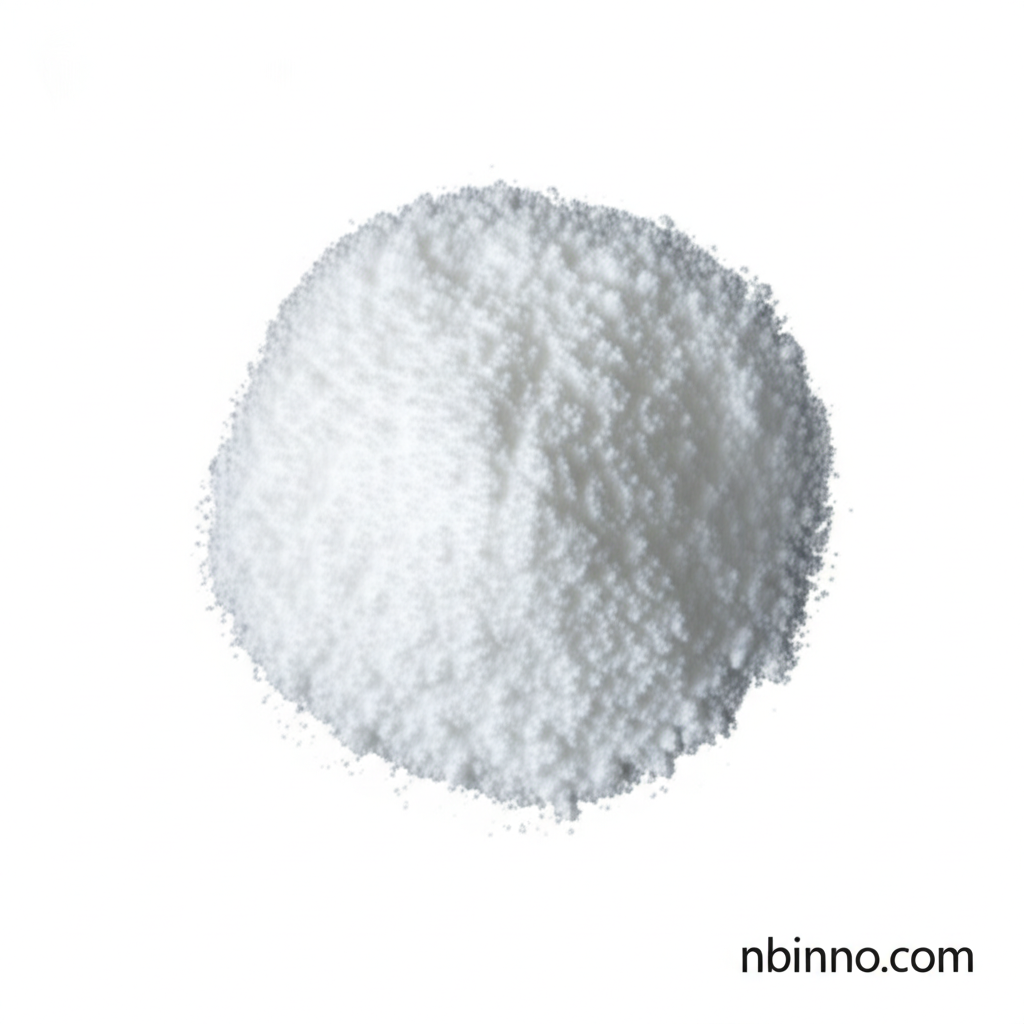Discover (3-(Triphenylen-2-yl)phenyl)boronic Acid Pinacol Ester: Your Key to Advanced Materials
Unlock innovation in OLEDs and organic synthesis with this high-purity boronic ester.
Get a Quote & SampleProduct Core Value

(3-(Triphenylen-2-yl)phenyl)boronic acid pinacol ester
This advanced chemical intermediate, known by its CAS number 1115639-92-3, is essential for the development of next-generation electronic and pharmaceutical products. Its unique triphenylene structure combined with a boronic ester functional group makes it highly versatile for complex organic synthesis and material science applications, particularly in the burgeoning field of OLED technology.
- Explore the synthesis of phenylboronic acid pinacol ester derivatives, leveraging this compound's reactivity for novel material creation.
- Understand the crucial role of CAS 1115639-92-3 chemical intermediates in advancing laboratory research and industrial production processes.
- Investigate the high purity boronic ester applications in electronic materials, ensuring superior performance and device longevity.
- Learn about the chemical properties of triphenylene boronic ester, highlighting its stability and suitability for demanding chemical transformations.
Key Advantages Provided
Enhanced Material Properties
Utilize this compound to develop materials with improved electronic and optical characteristics, crucial for OLED displays and other optoelectronic devices, enhancing overall performance.
Synthetic Versatility
The boronic ester group facilitates various cross-coupling reactions, making it an indispensable tool for chemists aiming for precise molecular construction and the synthesis of complex organic structures.
Pharmaceutical Development
As a vital pharmaceutical intermediate, it aids in the creation of new therapeutic compounds, accelerating drug discovery and development pipelines through reliable chemical building blocks.
Key Applications
OLED Technology
This boronic ester is a key component in synthesizing molecules for organic light-emitting diodes (OLEDs), contributing to vibrant displays and efficient lighting solutions.
Organic Synthesis
Serves as a fundamental building block in various organic transformations, enabling chemists to construct intricate molecular architectures for research and industrial applications.
Pharmaceutical Research
Its utility as a pharmaceutical intermediate supports the development of new drugs and therapies by providing a reliable starting material for complex synthesis pathways.
Electronic Chemicals
Beyond OLEDs, its properties make it suitable for other electronic chemical applications where precise molecular design and high purity are paramount.
